#PremiumBrands
Rich People Are Finally Back On Top, Mercedes Takes U.S. Quarterly Sales Honors
Mercedes-Benz had an enviable first-quarter and managed to find itself back on top of U.S. luxury sales, icing out its chief rival BMW after two years of living in its shadow. Mercedes reportedly sold 78,256 vehicles within the first three months of 2021, thanks largely to its crossover vehicles.
It’s a year-over-year increase of 16 percent and helps to explain why the brand is relegating the CLS to a single trim while expanding its options for heavy hitters like the GLC Class. But Mercedes’ recent success may have more to do with the way the luxury segment is rebounding as a whole. As pedestrian models are finding themselves coming out of the pandemic with fewer customers, especially of the subprime variety, high-end luxury brands are enjoying clearer skies.
QOTD: What's the Least Premium 'Premium' Brand?
Premium. Is there a more alluring and misunderstood word in the world of vehicle branding? Occupying the rung just below “luxury,” — a category it’s often mistaken for, as language is malleable — premium concerns itself with value. Higher price, (presumed) higher quality, and, most importantly, a higher level of desirable content. All of these things give a premium product value. And there’s value in being seen in a premium vehicle, too, though maybe not as much as a true luxury vehicle.
Rolling up to the club in a Genesis G80, only to find yourself surrounded by Bentleys, Rollers, and Ferraris, would fill anyone with pangs of self-doubt. You’re not likely to impress anyone in that bathroom lineup with talk of the safety suite and ventilated leather you got for $10k less than the Germans.
As brand experts will tell you, luxury is more about the brand name (and what it brings to the table) than the functionality of the product. It’s about wants, not needs. With premium gear, buyers are looking to score themselves the trappings and quality everyone desires, only at a reduced price. There’s the value argument again.
With a solid tier of premium brands seeking your attention — a field Mazda apparently hopes to join — which premium automotive brand fails the hardest at actually being premium?
All Things Being Equal: The Changing Face of Luxury
There’s a growing assumption that automobiles have become so universally satisfactory, there’s nothing to gripe about anymore. We’re inclined to disagree. There will always be models that fail to meet our expectations and industry trends we’re not particularly fond of. However, we will happily acknowledge that low-tier automobiles have become decidedly less terrible when thrown together into a pool.
A weird side effect of this has been mainstream brands moving upmarket and offering a bevy of luxury options while extravagant nameplates do the inverse. For example, the Kia Cadenza can easily be outfitted to surpass the base Cadillac ATS in terms of luxury features and overall price. It doesn’t have the prestige, but you’re still buying a larger automobile with a focus on lavishness that can deliver on an exceptionally quiet and comfortable ride.
On the flip side of things, Cadillac is busy prepping its new small crossover for the general market. Priced for a mainstream budget, the XT4 should be a win for General Motors. But it further showcases the amount of overlap happening within the industry right now. Value manufacturers are becoming increasingly willing to move upmarket while luxury brands are trying to burn the money candle at both ends.
Jaguar Is Committed to Its Increasingly Popular Diesels in America, but the Marketing Plan Is Quiet
Jaguar’s U.S. outlets are benefiting not just from last year’s introduction of a new XE entry-level sedan and the brand’s top-selling F-Pace SUV but also the broad availability of diesel powerplants.
In the shadows of Volkswagen’s diesel emissions scandal that broke in late 2015, Jaguar began offering diesel engines in the United States for the first time in 2016. Through the first eight months of 2017, 13 percent of the vehicles sold by the Jaguar brand in America were powered by the company’s 2.0-liter turbodiesel.
It’s not surprising then that Jaguar told TTAC’s own Adam Tonge at the North American unveiling of the new E-Pace crossover that diesel will continue to be a focus for Jaguar Land Rover in the United States. The company sees a niche for diesel vehicles in the premium space, particularly now with the complete absence of Mercedes-Benz, Audi, and Porsche in the sphere.
And yet you won’t really be hearing about Jaguar’s diesel offerings.
Genesis Motors Boss Pays No Attention to the Kia Stinger
The 2018 Kia Stinger and 2018 Genesis G70 are platform partners, two new sporty and luxurious four-doors from the Hyundai Kia Automotive Group.
The timing of their release is synchronized. They utilize the same engine portfolio. They’ll compete in a similar price bracket. But there are differences. For starters, the styling is markedly different, the kind of difference one expects to find when one car, the Kia, is a hatchback and the other is a sedan. The Kia Stinger works harder to get noticed; the Genesis G70 is more subdued.
But while Hyundai’s Genesis spinoff will need to further differentiate the G70 from a marketing standpoint in order to provide a true luxury brand glow, it’s already been made clear by Albert Biermann, the former BMW chassis guru who’s now head of vehicle testing for Hyundai and Kia, that the cars are very similar. In terms of driving experience, “It’s not so easy maybe as with the styling, but I think we can find good tuning and calibration that set them a little bit apart,” Biermann said earlier this year.
A little bit.
Yet in a conversation with Manfred Fitzgerald, the senior vice president at the Genesis brand, Wards Auto received a strikingly different answer. Asked how the Genesis G70 differs from the Kia Stinger, Fitzgerald says, “You tell me. I don’t look at the Stinger. We’re focusing on something totally different.”
Your teenager calls this #shade.
BMW's Description of the Mercedes-Benz X-Class Pickup Truck Is Decidedly Unkind
“They build fantastic cars,” BMW senior vice president Hendrik von Kuenheim told Australian automotive media at the Frankfurt Motor Show. “But this one was a disappointment.”
von Kuenheim is talking about the Nissan Navara-based Mercedes-Benz X-Class pickup, a truck not presently destined for North America but one that will appear across the region for which von Kuenheim is in charge: Asia, Australia, South Africa.
“I saw that car in Geneva and was actually disappointed,” BMW’s von Kuenheim says. “Very disappointed.” Calling the X-Class “appalling,” and suggesting we “would have expected something more serious,” von Kuenheim’s comments about the body-on-frame Mercedes-Benz pickup accompanied a number of revelations regarding a future BMW truck.
Don’t expect a BMW pickup to rival the Chevrolet Colorado ZR2.
Which Acura TLX Competitor Scares Acura Dealers? Apparently, the 2018 Honda Accord
It made perfect sense. In 2009, when Hyundai wanted customers to view its new Genesis luxury sedan as a premium bit of kit, Hyundai did not compare the Genesis to the Sonata. In an early marketing campaign, Hyundai’s voiceover said the Genesis is “as spacious as a Mercedes-Benz S-Class, yet priced like a C-Class.”
When the time came to market the Genesis R-Spec, Hyundai reached way upmarket to compare 0-60 mph times with the Porsche Panamera. Hyundai wasn’t under the mistaken impression that the Genesis would steal thousands of sales from $100,000 Benzes and Porsches. But Hyundai was crafting an image. Hyundai didn’t require you to believe that the Genesis was a viable S-Class alternative — the company just wanted you to understand that this is premium-oriented S-Class-sized sedan at a C-Class-like price.
Long before the Hyundai Genesis tried to cultivate a premium persona, Acura was failing to keep up with Lexus in the quest to be viewed as a true luxury rival for the German establishment. It’s still a problem. So Acura dealers are now just trying to make sure you understand that the Acura TLX is better than the Audi A4 Lexus ES Infiniti Q50 2018 Honda Accord.
Love for Luxury Cars in California and Florida Is Skewing National Luxury SUV Market Share
Depending where you live, it’s possible the shift away from luxury cars to luxury SUVs is dramatically more apparent than America’s nationwide figures suggest.
In 48 of 50 states, luxury utility vehicles outsell luxury cars. In seven states, premium brand utility vehicles form more than 65 percent of the premium market.
But according to Edmunds, the two states in which luxury cars still outperform luxury utility vehicles account for 31 percent of America’s luxury SUV market.
Buick's Launch of Avenir Sub-Brand Gets Underway With 2018 Enclave - 11 Percent More Money for Avenir
Pricing for the long-awaited, second-generation 2018 Buick Enclave starts at $40,970, nearly $1,000 more than the 2017 model, according to Automotive News.
But it’s at the top of the 2o18 Enclave’s lineup where Buick begins the launch of its new Avenir sub-brand. The 2018 Buick Enclave Avenir is a $54,390 three-row crossover; $56,690 for an Enclave Avenir with all-wheel drive.
Buick has high hopes for the new Enclave, and rightly so. With the brand’s U.S. car sales flagging, the Enclave takes its place as the rightful flagship of a three-pronged crossover lineup — a lineup that now accounts for more than three-quarters of Buick’s U.S. sales. Already helping itself to high average transaction prices, the Enclave will become an even more premium entity with the new Avenir trim.
And how will you know it? Enclave Avenirs feature a “three-dimensional” mesh grille, pearl nickel 20-inch wheels, and badges on each front door and the left side of the tailgate.
Where's Mazdaspeed? Is Mazda's Premium Push Stifling Performance?
My, how time flies. Nearly half a decade has passed since Mazda, undoubtedly an automaker that believes in performance, last offered a Mazdaspeed product.
Not since 2004 and 2005, when 5,142 Mazdaspeed MX-5s were delivered in the United States market, has Mazda’s most obvious performance car been available in a power-up version.
Not since the first-generation Mazda 6’s 2005/2006 Mazdaspeed tenure has Mazda’s midsize sedan been offered in performance guise.
And after following up one of the best-handling front-wheel-drive cars of its era, the Mazdaspeed Protege, with the Mazdaspeed3 in 2007 and another in 2010, Mazda hasn’t had a hot hatch contender to battle the Volkswagen Golf GTI and R, Ford’s ST and RS models, the Honda Civic Si (and now Type R), the Subaru WRX, and Mini’s Cooper S since 2013.
So, is Mazdaspeed dead?
Cadillac Prepares For Perpetual Party, Forecasts Buoyant U.S. Auto Sales Demand While Relying On China
“Levels that were once seen as excessive are now sustainable.”
—Uwe Ellinghaus, Chief Marketing Officer, Cadillac
Cadillac expects to see auto sales in the United States in calendar year 2017 fall just below 2016’s best-ever results, which GM’s premium brand considers a positive sign for the U.S. auto industry and Cadillac.
While the decline reported America’s auto industry in March 2017 drew headlines because 2017’s first-quarter encompassed three consecutive months of year-over-year decline, Cadillac’s chief marketing officer, Uwe Ellinghaus, views the results through another lens.
“What they call a cooling off I say is the best thing that has ever happened,” Ellinghaus told Automotive News. “We don’t see that the party is over. It’s continuing.”
Cadillac? Party? Huh?
At BMW, Money Isn't Moving Much Metal - U.S. Sales Are Falling As Discounts Rise
BMW continues to spend industry-leading levels of money to lure luxury car buyers in the United States. Yet November was the twelfth consecutive month in which sales at the BMW Group declined, year-over-year, in the U.S..
Through the first 11 months of 2016, sales at BMW are down 10 percent compared with the same period in 2015; Mini volume is off 11 percent.
According to TrueCar, however, no automaker is spending more in incentives, on a per vehicle basis, than BMW of North America. November 2016 incentives at the BMW Group jumped 25 percent compared with November 2015 yet sales fell 16 percent.
How much cash on the hood do American luxury car buyers want?
In May 2016, BMW USA Continues To Pay Price For Success In 2015
Discouraging results at BMW USA persisted in May 2016 as the brand continues to suffer from the successful, and somewhat artificially successful, end to 2015. May sales at the BMW Group tumbled nine percent, with blame largely falling on the shoulders of BMW’s most popular cars and the Mini brand.
BMW’s urge to generate record U.S. sales in 2015 ended with a 2,935-unit margin of victory over Mercedes-Benz, BMW’s chief global rival, and a 1,422-unit margin over Toyota’s Lexus brand.
News of the alleged victory, however, was followed by controversy, as it became increasingly clear that a chunk of BMW’s sales at the end of the year were spurious. “BMW paid its dealers as much as $1,750 a vehicle in December to put new models in their service fleets,” Automotive News reported in February. And without those sales, BMW was not likely the top-selling premium brand in America in 2015 – Lexus was.
The Premium Plunge: Sales of the Most Popular Luxury Cars in America Are Nosediving
America’s record-breaking new vehicle sales volume in calendar year 2015 was powered in part by better-than-average growth from premium automakers.
Yet after BMW, Mercedes-Benz, Acura, and Cadillac all failed to match the rate of industry-wide expansion in 2015, the first four months of 2016 have revealed that even more top-level premium brands are fading as the market for new vehicles continues to expand. U.S. auto sales are up 3.4 percent in 2016. Mercedes-Benz, Lexus, BMW (the three top-ranked premium auto brands), Acura, Cadillac, and Infiniti posted declining sales in the first-third of 2016.
Largely at fault are the passenger car divisions at each brand, but a number of high-volume SUVs/crossovers that are failing to match last year’s first-third sales pace, as well.
Luxury Car Sales Are Plunging in America in Early 2016
Through the first one-sixth of 2016, U.S. sales of passenger cars sold by so-called premium brands plunged 17 percent. That year-over-year loss of nearly 25,000 sales occurred over the course of the auto sales calendar’s two lowest-volume months.
Lost in the story of booming auto sales volume in February 2016 — the highest-volume February since 2001 — was the underachieving premium market. Auto sales jumped 7 percent in February, a gain of 86,000 units, but 19 premium brands — from sector-leading Mercedes-Benz to one-model Alfa Romeo — combined for only a 1-percent year-over-year uptick during the same period.
Why, in such an apparently healthy market, are premium auto brands collectively losing market share?



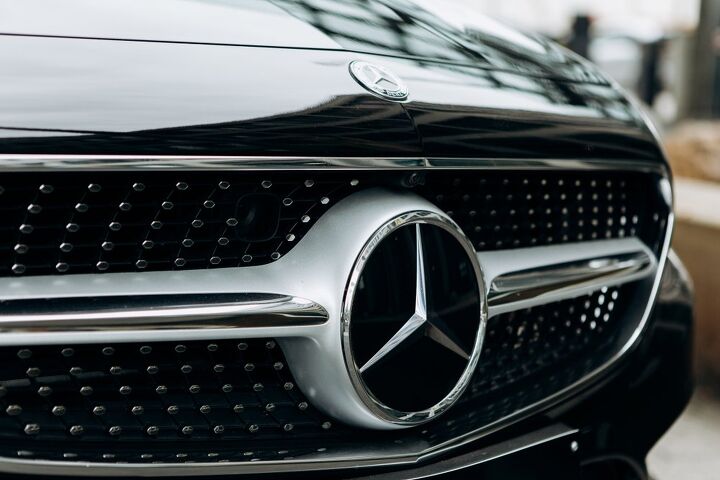
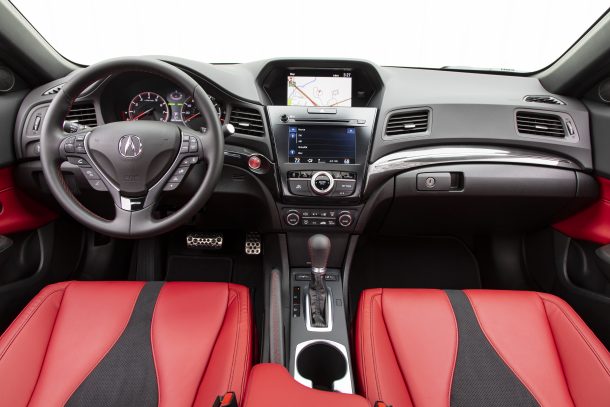





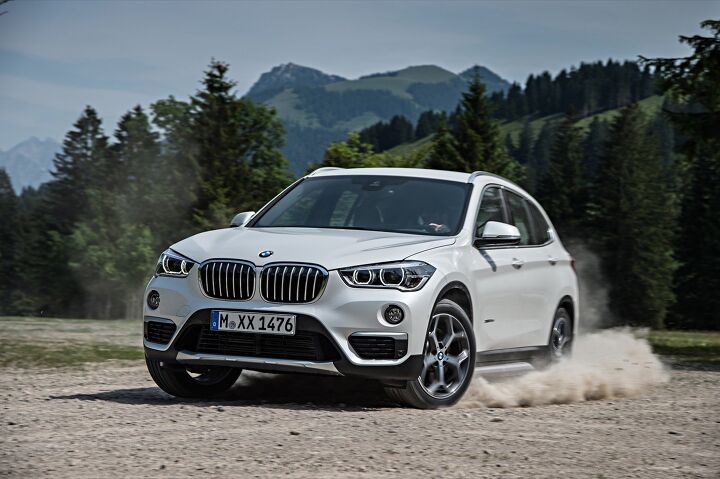

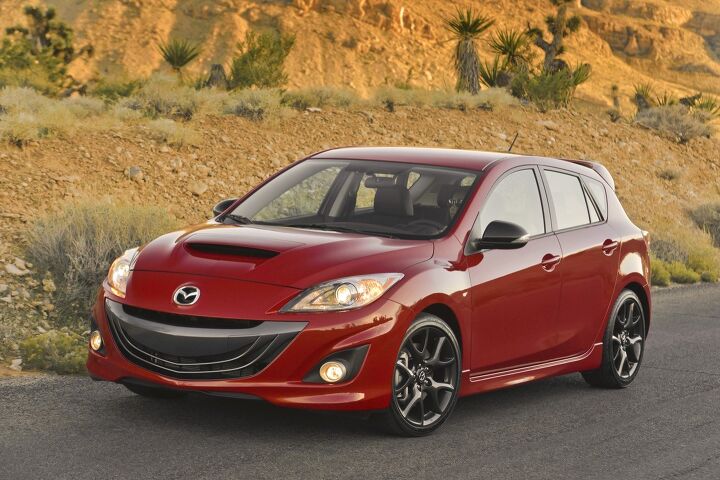

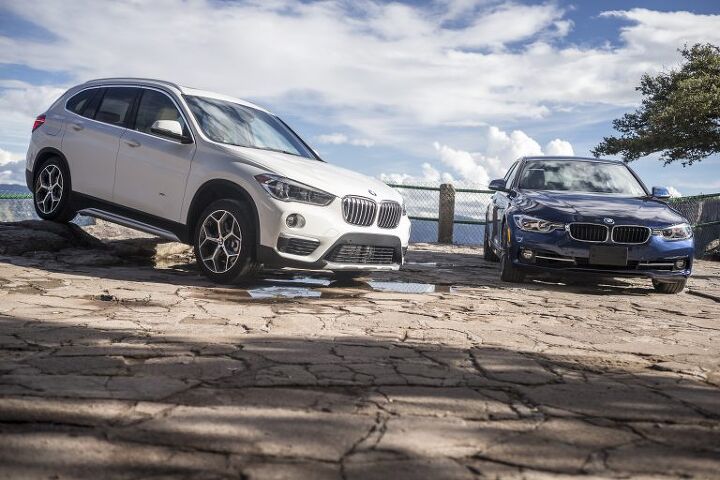


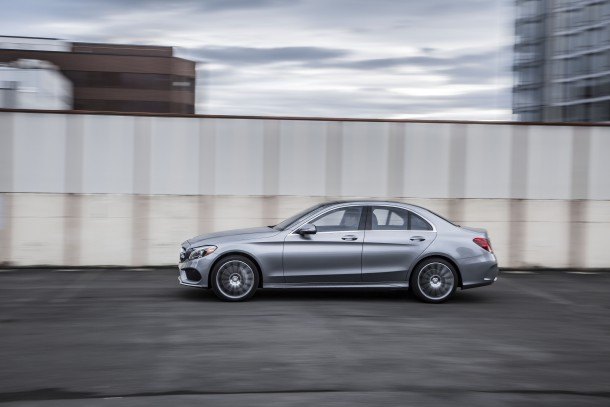












Recent Comments